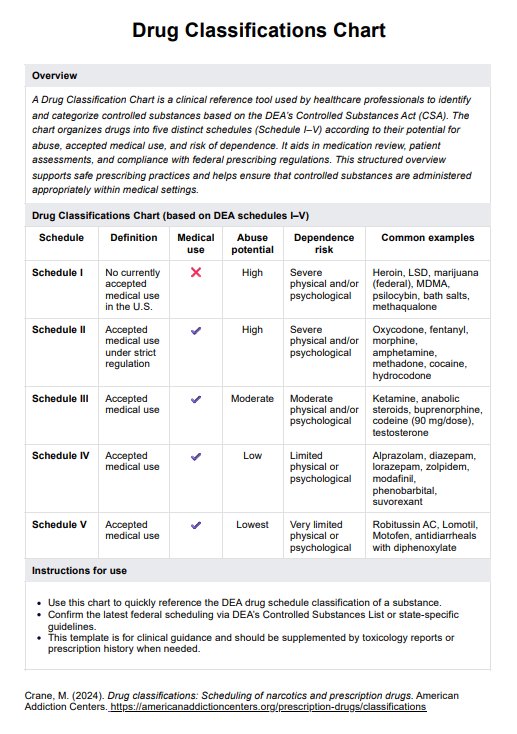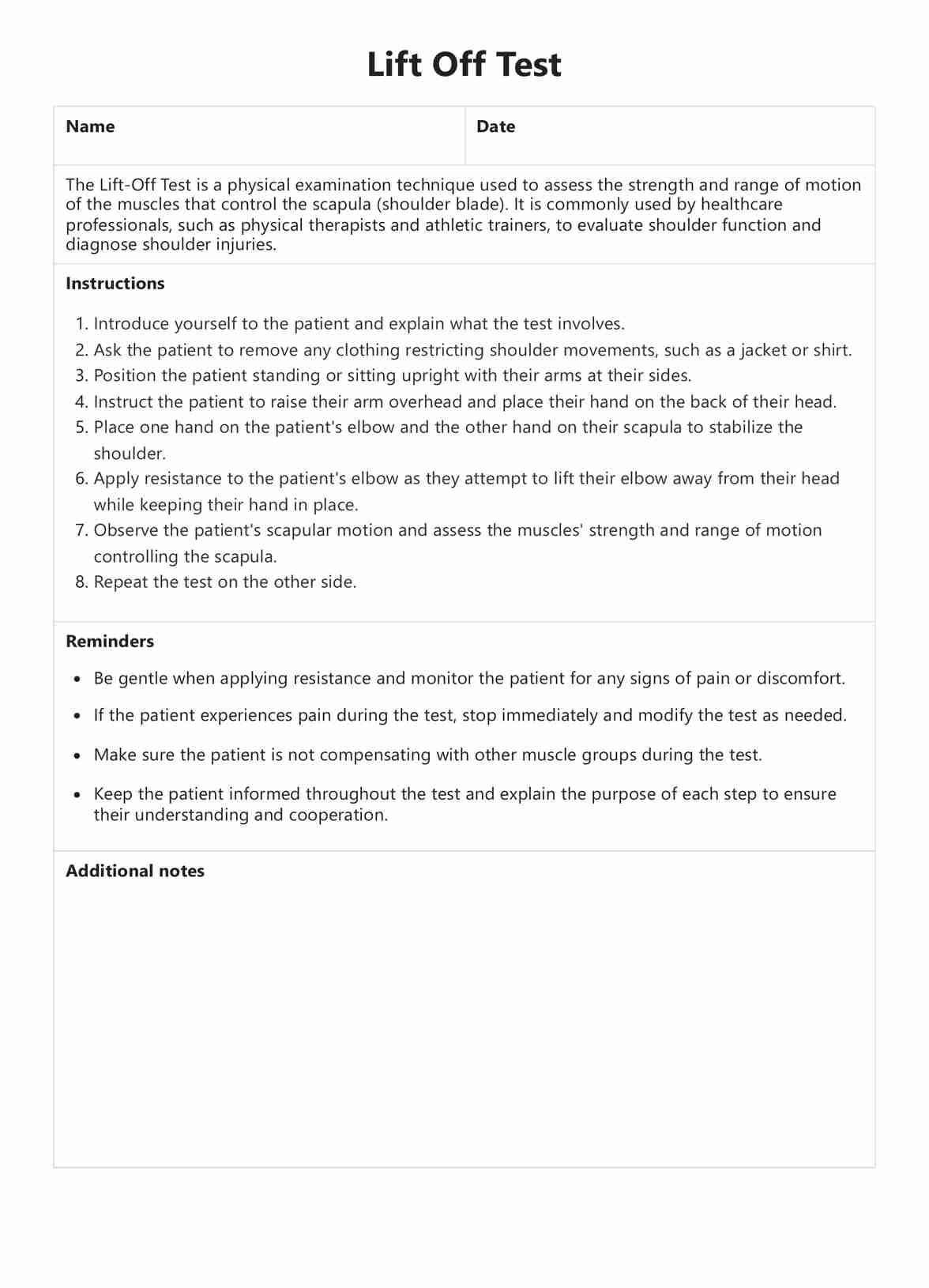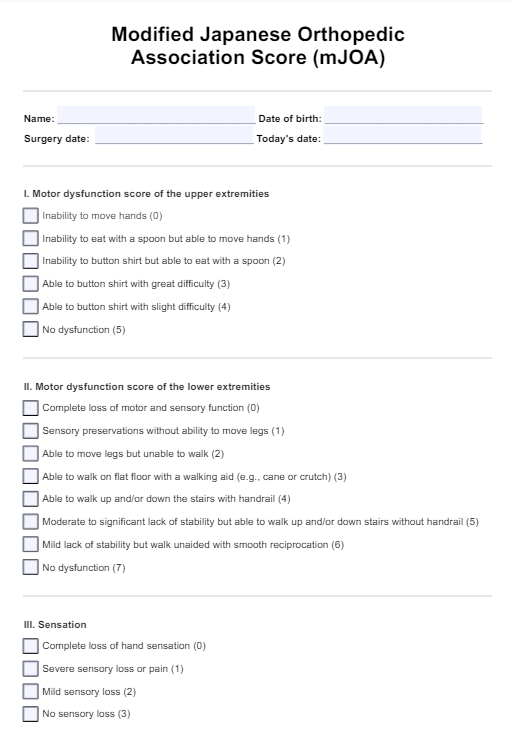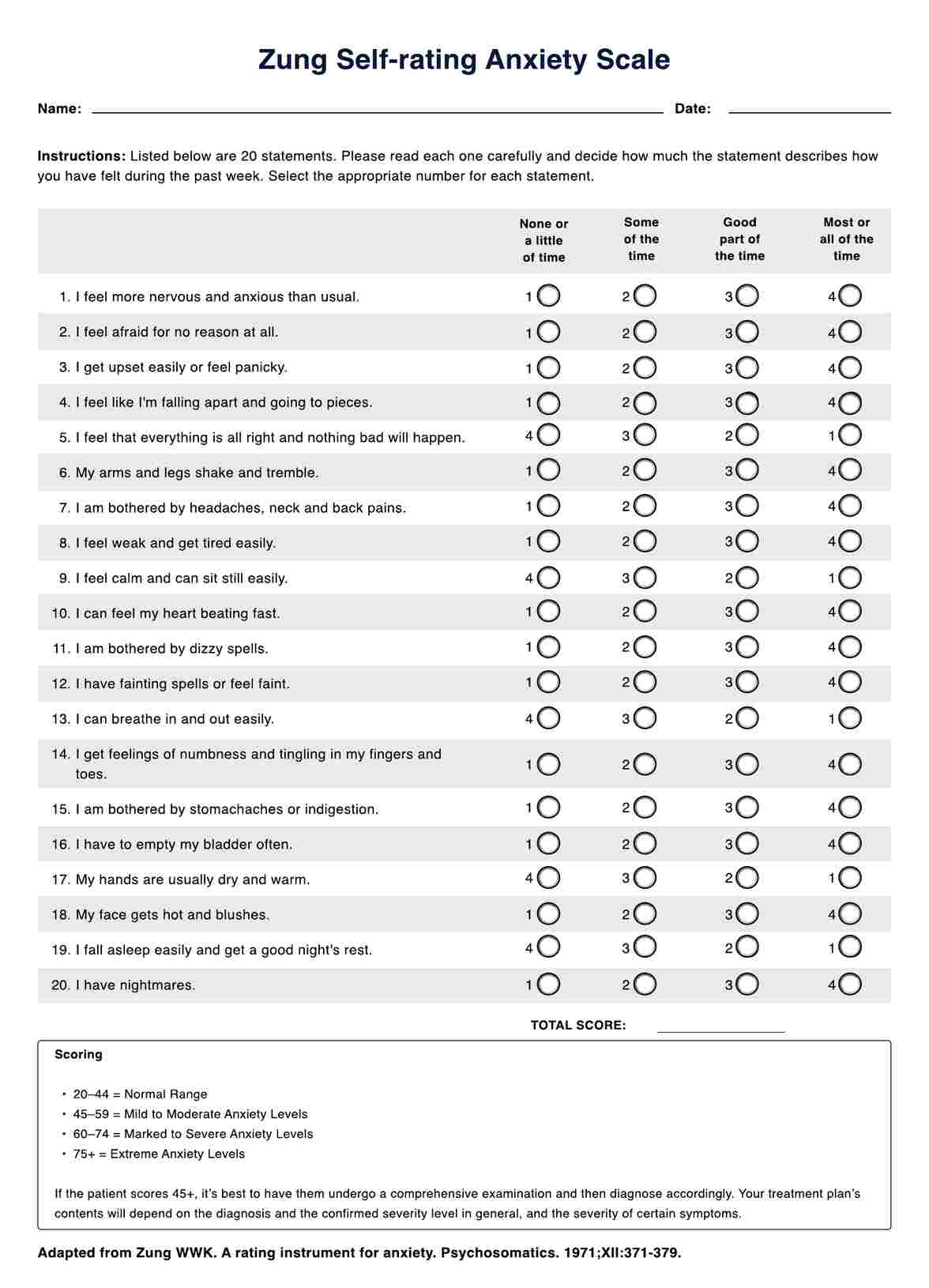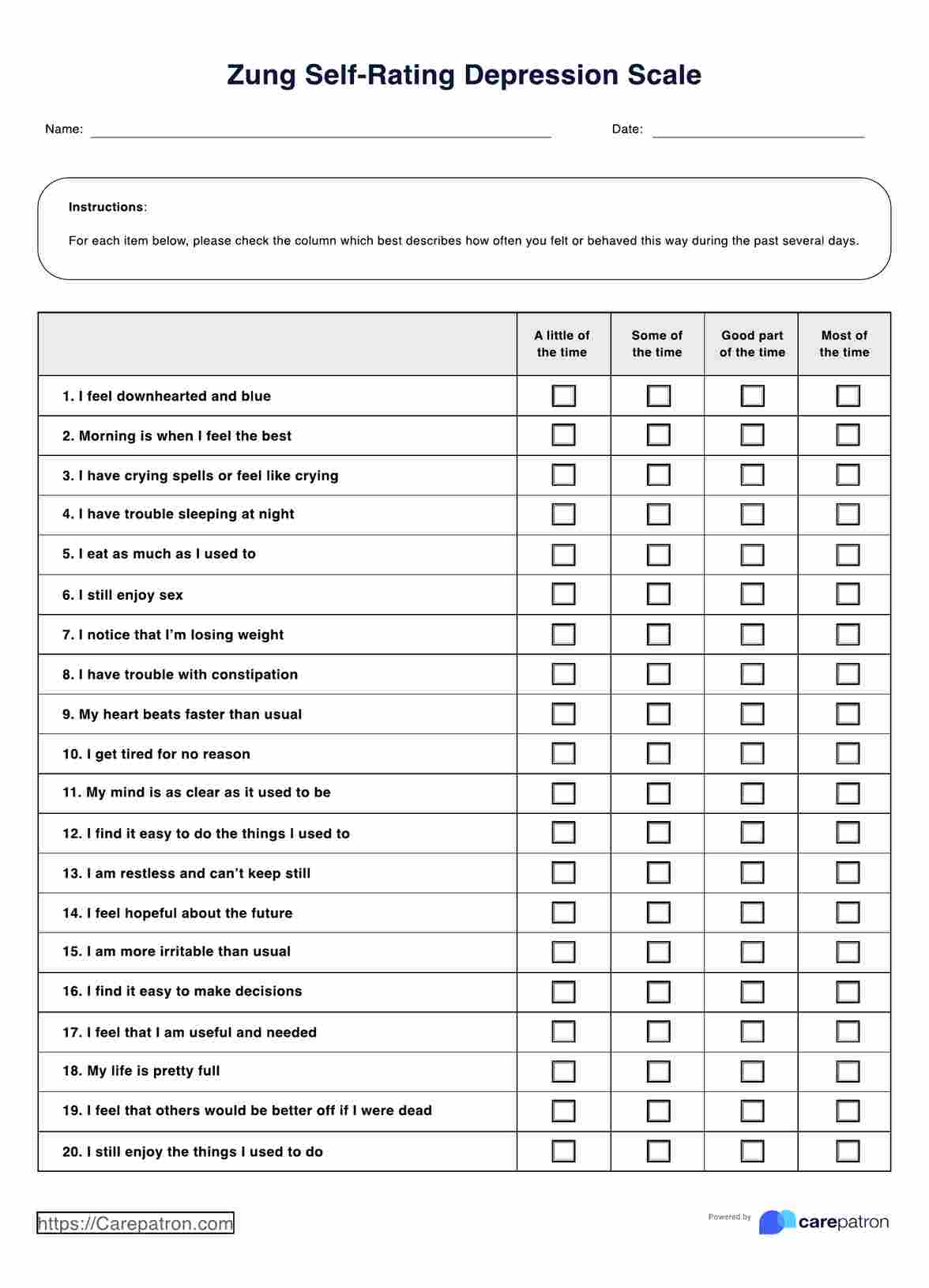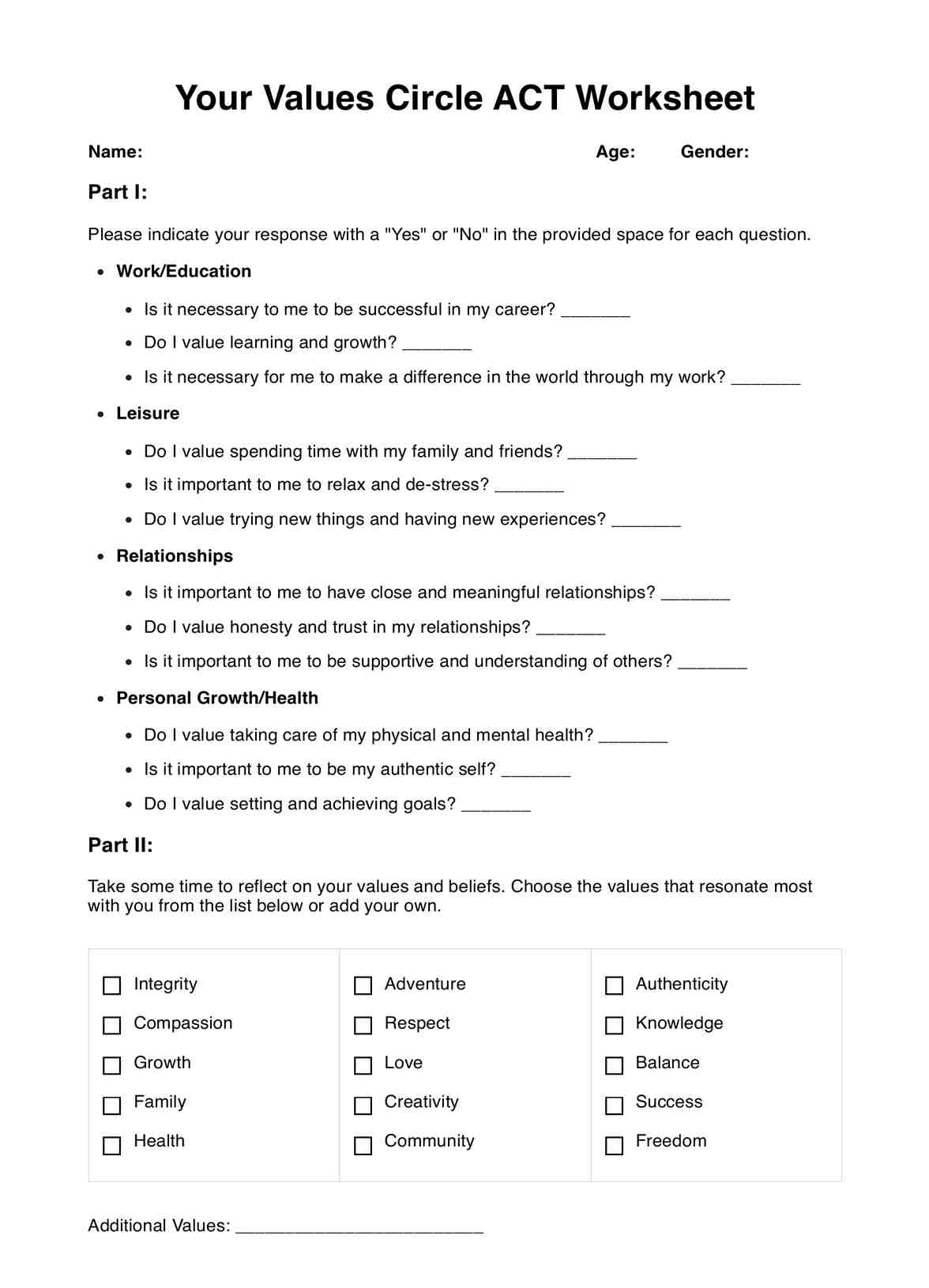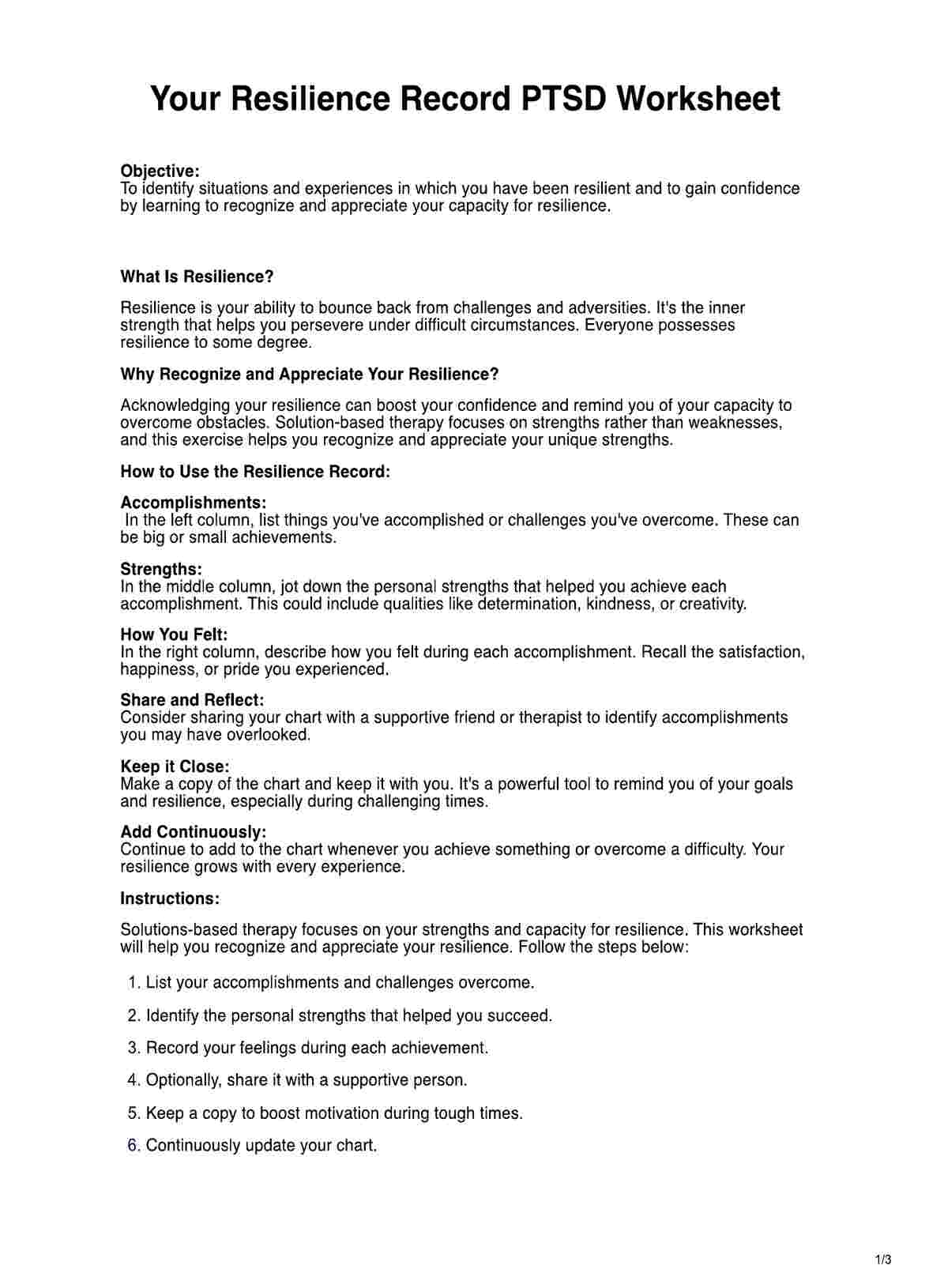To check for hip dysplasia, healthcare providers often use physical exams like the Ortolani and Barlow tests and imaging techniques such as ultrasound or X-rays, especially in infants and young children.
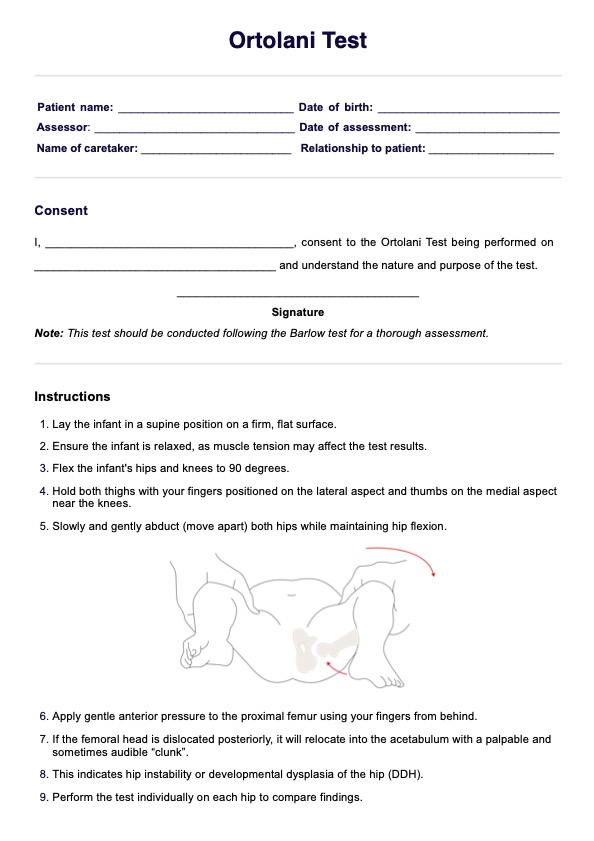
Ortolani Test
Learn about the Ortolani Test for detecting hip dislocation in infants, including the procedure, symptoms, and how to use our comprehensive test template.
Use Template
Ortolani Test Template
Commonly asked questions
The Ortolani test is performed to check for developmental dysplasia of the hip (DDH) in infants by detecting if the dislocated hip can be relocated into the socket during the examination.
A positive Ortolani test, indicated by a distinctive "clunk" as the hip pops back into place, suggests that the hip was dislocated but could be relocated, pointing to potential hip dysplasia.
EHR and practice management software
Get started for free
*No credit card required
Free
$0/usd
Unlimited clients
Telehealth
1GB of storage
Client portal text
Automated billing and online payments


